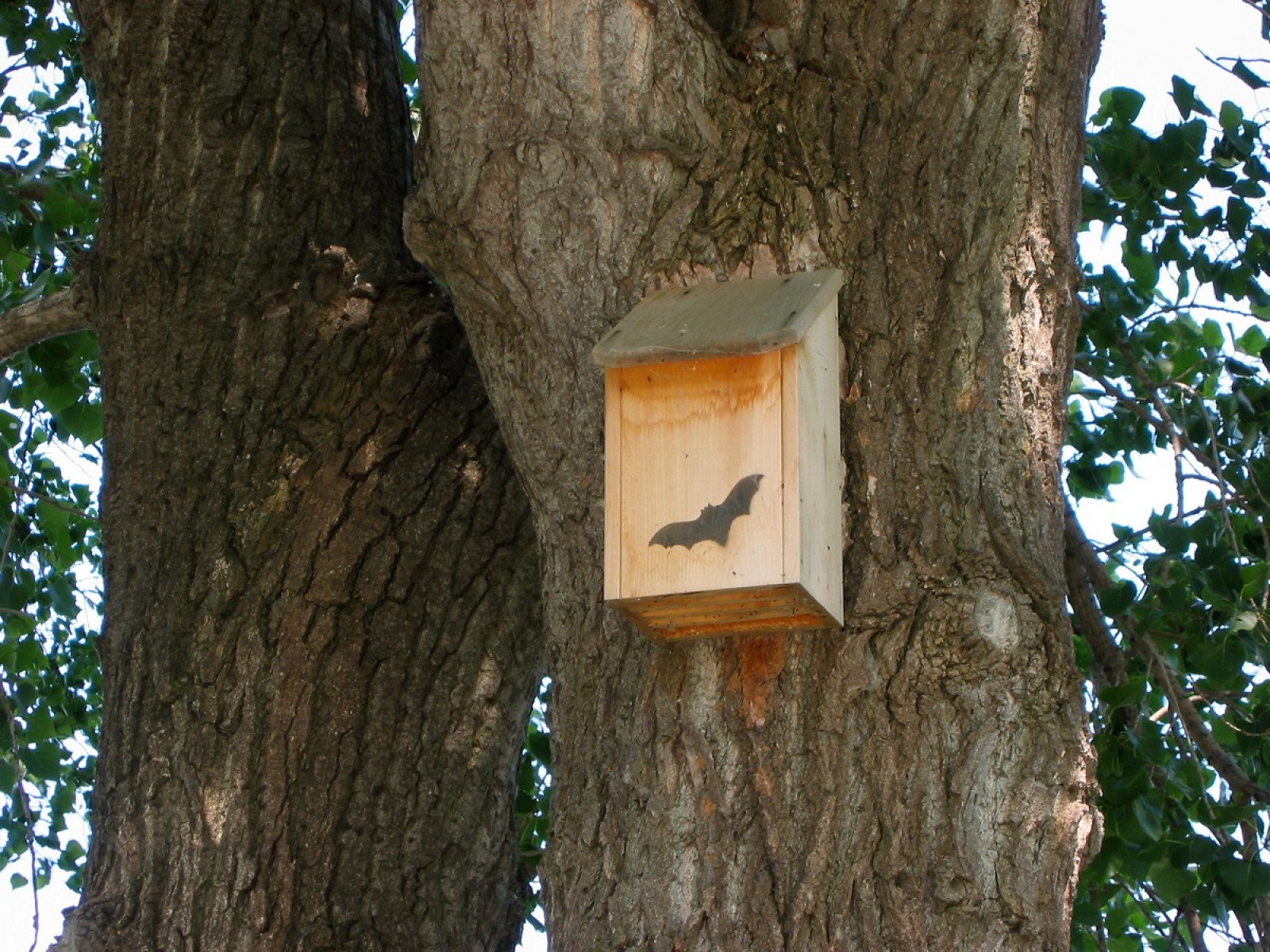
Overview
In this activity, students discuss how we can protect bat habitats and create skits to teach others about bat conservation.
Instructions
What you'll need
No supplies needed.
- Start by reviewing facts about bats and their role in local ecosystems and in farming, and/or do the “Bats and biodiversity” and “Bats in the field” activities.
- Discuss ways we can help protect bats like:
- Conserving electricity: This means we help protect habitat for bats as we do not have to build new dams. We can conserve electricity by turning off lights, unplugging electronics, taking short showers, and washing clothes in cold water.
- Taking action on climate change: Since wildlife, like bats, are affected by climate change, we can take action like walking and biking more instead of using the car, putting on a sweater and turning down the heat, eating more plant-based meals, and buying locally grown foods.
- Conserving water: All living things need access to water. We can conserve water by turning off the tap when we are brushing our teeth and washing our hands, taking shorter showers and only washing clothes when they are dirty.
- Building bat houses to provide bats with safe habitat.
- Explain to students that in small groups they will create a simple skit or commercial/video to share what they have learned about bats.
- Explain that they are all bats, and you are explaining to an audience why it’s cool to be a bat and why you need protecting. Have students brainstorm simple ideas to include in their skit and write them on the board.
- Divide students into groups of 3-4 and give them 10 minutes to come up with their ideas on what to include in their skit and practice it. Have students time their skits and keep them under 2 minutes long.
- Have each group perform their skit to the class, and ask the audience to share something they liked about the skit. Video the skits so students can take them home to share with their families to raise awareness on bats, and their need for protection.
Modify or extend this activity
- Build a bat house or purchase a pre-made one, place it at an appropriate location on the school grounds and observe whether bats move in.
- Have students perform their skits to other classes.
Curriculum Fit
Grade 3 Science
Big idea
- Living things are diverse, can be grouped, and interact in their ecosystems
- Sample questions: What is biodiversity? Why is biodiversity important in an ecosystem? Interconnectedness means that all things are related to and interact with each other in the environment
Content
- Biodiversity in the local environment
Curriculum competencies
Questioning and predicting
- Demonstrate curiosity about the natural world
- Make predictions based on prior knowledge
Processing and analyzing data and information
- Experience and interpret the local environment
Grade 3 Physical and Health Education
Big idea
- Daily participation in physical activity at moderate to vigorous intensity levels benefits all aspects of our well-being
Curricular competencies
Physical literacy
- Develop and apply a variety of fundamental movement skills in a variety of physical activities and environments
Grade 3 Arts Education
Big idea
- Dance, drama, music and visual arts are each unique languages for creating and communicating.
- The arts connect our experiences to the experiences of others.
Content
- Elements in the arts: drama: character, time, place, plot, tension
Assessments
- Assess student participation in the activities.
- Assess student understanding of bat conservation through the content of their skits.
Teaching Notes
Bat facts
Learn more about the little brown bat here, which is good for showing on a screen. Additional information on little brown bats can be found on Hinterland Who’s Who.
Good news
Bats can eat up to their own body weight in insects each night and have been shown to have a positive contribution to pest control for farmers and their crops. This article explains how Tony and Betty Koch, farmers in Oregon, attracted 54 species of birds and a growing colony of little brown bats to their property to significantly reduce their use of pesticides.
Endangered species
The little brown bat (Myotis lucifugus) is on the endangered species list and needs our protection. Learn more at the Canada’s Species at Risk registry.
Pesticides
Pesticides are used to kill, repel, or control plants or animals considered to be pests, but can have harmful environmental impacts such as:
- Impacting climate change through the manufacturing and application process.
- Contaminating soil and causing air pollution.
- Polluting streams, ponds, lakes, and wells.
- Leaving residue in surface water that can harm plants, animals and contaminate groundwater.
There are various techniques farmers are using to decrease the use of pesticides like:
- Companion planting: marigolds keep away many insects.
- Crop rotation.
- Planting a variety of species.
- Introducing ladybugs to control aphids.
- Attracting birds and bats with nesting boxes.
For more information, check out alternatives to pesticides.
BC Hydro and species protection
BC Hydro continues to work on protection of a variety of species, including federally and provincially listed species and their habitats under the Fish and Wildlife Compensation Program (FWCP) and Water Use Plans (WUP).
There is Bat Enhancement Planning and Inventory at Buntzen, Alouette, and Lower Steve/Hayward Lakes. For more information, see the list of species-at-risk and how it's been addressed.







